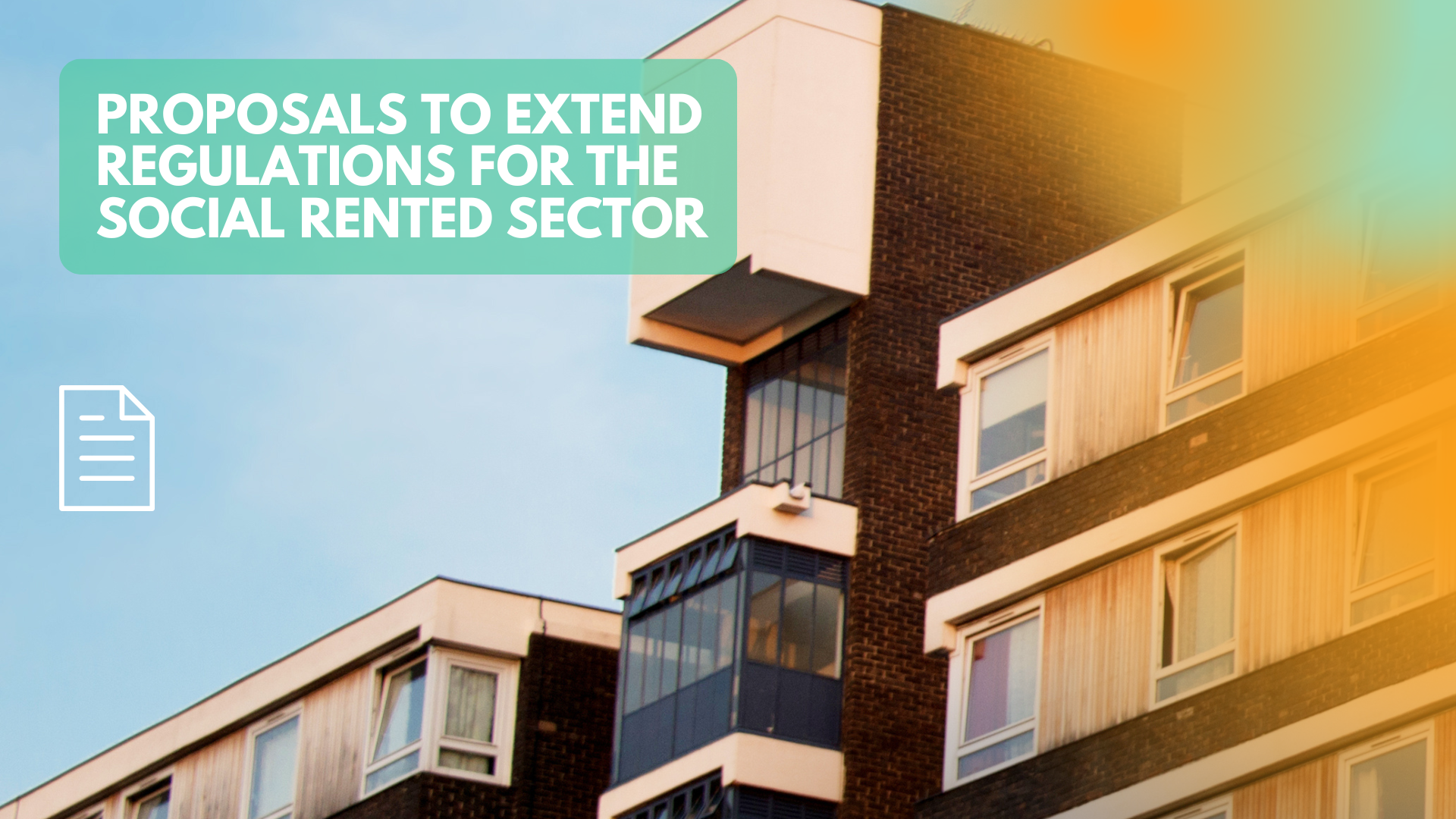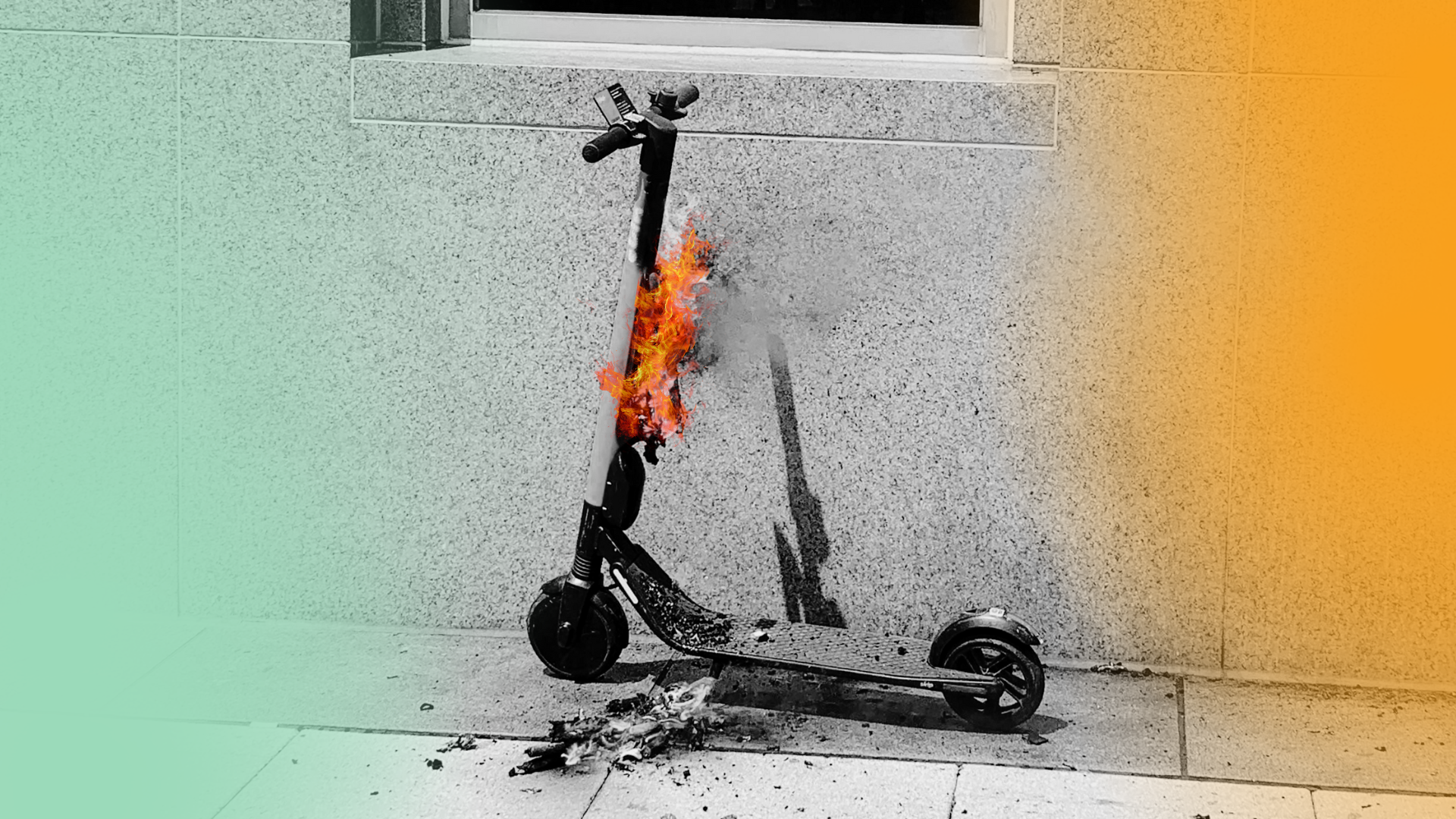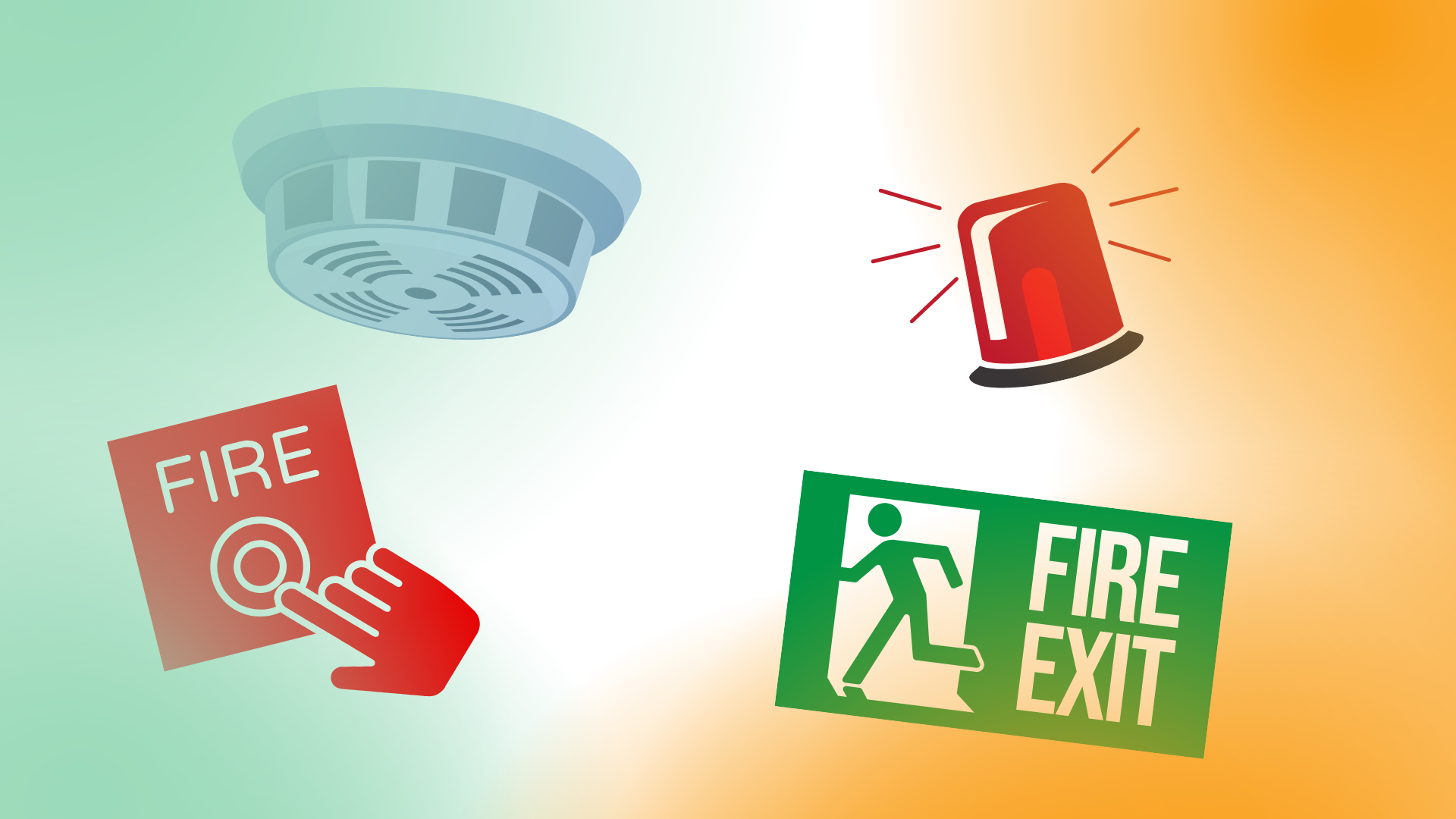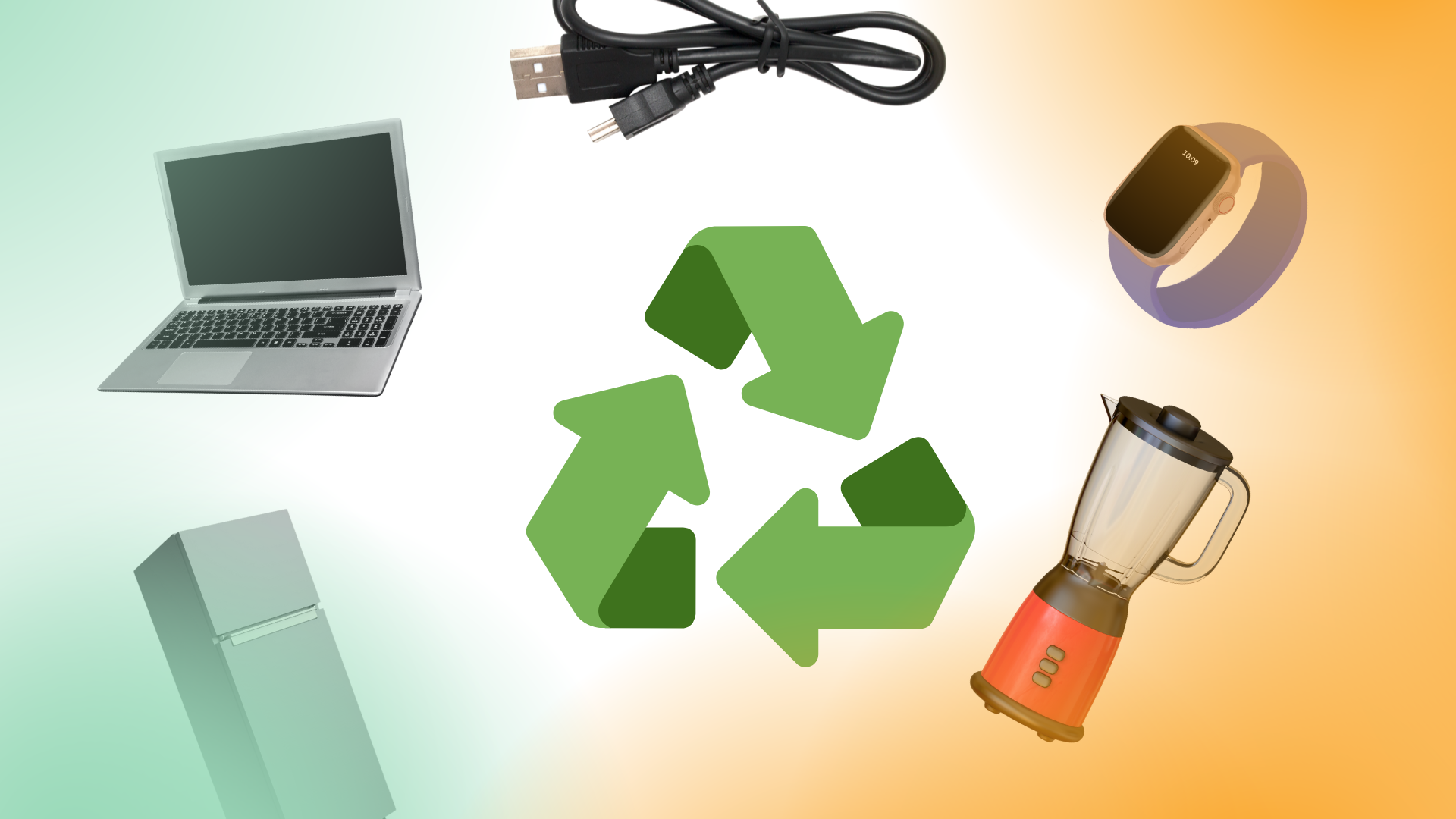Steeplejack Services Explained

What Are Steeplejack Services?
Steeplejack services refer to maintenance and repair services for structures, such, as church steeples, industrial chimneys, cooling towers and other unique high-rise buildings. These services include a range of tasks like repairing masonry, carpentry work, painting, cleaning and sandblasting. Steeplejacks utilize methods and tools to effectively carry out their work at significant heights ensuring the durability and safety of these structures.
Services Provided
Inspections and Surveys; We conduct inspections and surveys to spot issues early on, using drones and advanced equipment to safely check the condition of buildings.
Repairs and Maintenance; Our services cover a range of tasks such, as masonry repairs, brick repointing, stone restoration, carpentry work and painting. These repairs are crucial for maintaining both the integrity and visual appeal of structures.
Cleaning and Painting; Our team specialises in cleaning services to remove dirt, moss and other debris that can build up on structures. We also apply coatings. Paint to improve longevity and aesthetics.
Lightning Protection; We handle the installation and upkeep of lightning protection systems to protect buildings from lightning strikes.
Safety and Compliance
Safety is a high concern in steeplejack services, professionals in this field are trained and certified to work at great heights, adhering to stringent safety standards and regulations. This includes the use of personal protective equipment (PPE), rope access techniques, scaffolding, and other safety measures to prevent accidents and ensure a safe working environment.
Our Expertise
Our team and supply chain consists of certified professionals who offer steeplejack services. We ensure high levels of service from the initial site meetings all the way to project completion. Our expertise ensures adherence, to safety regulations. Provides cost efficient solutions tailored to your specific requirements.
For details or to arrange a consultation please get in touch with us.











